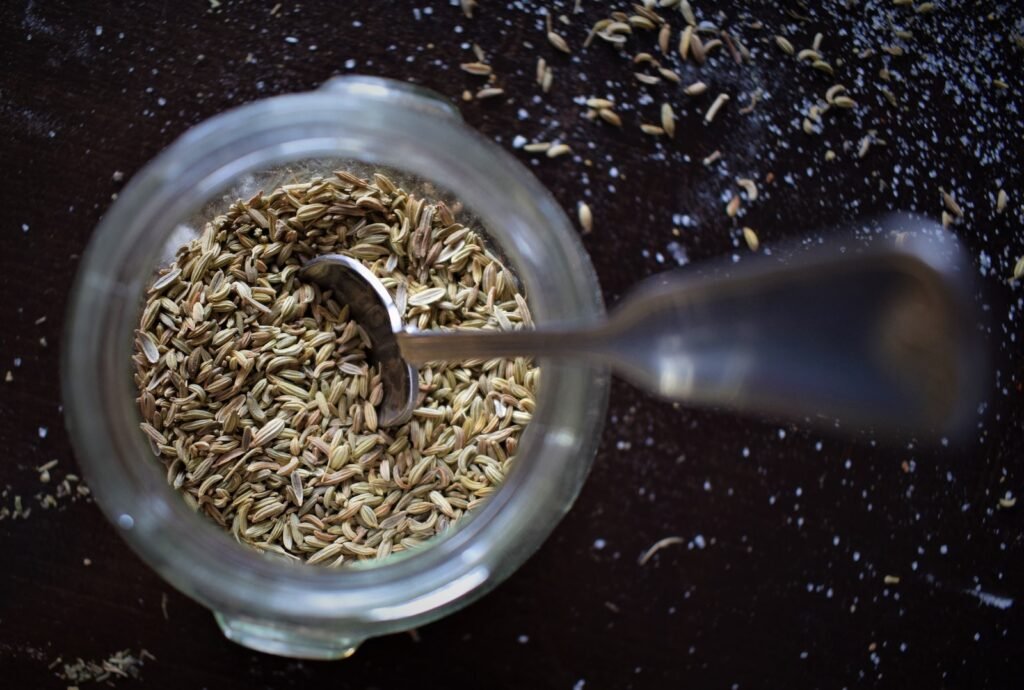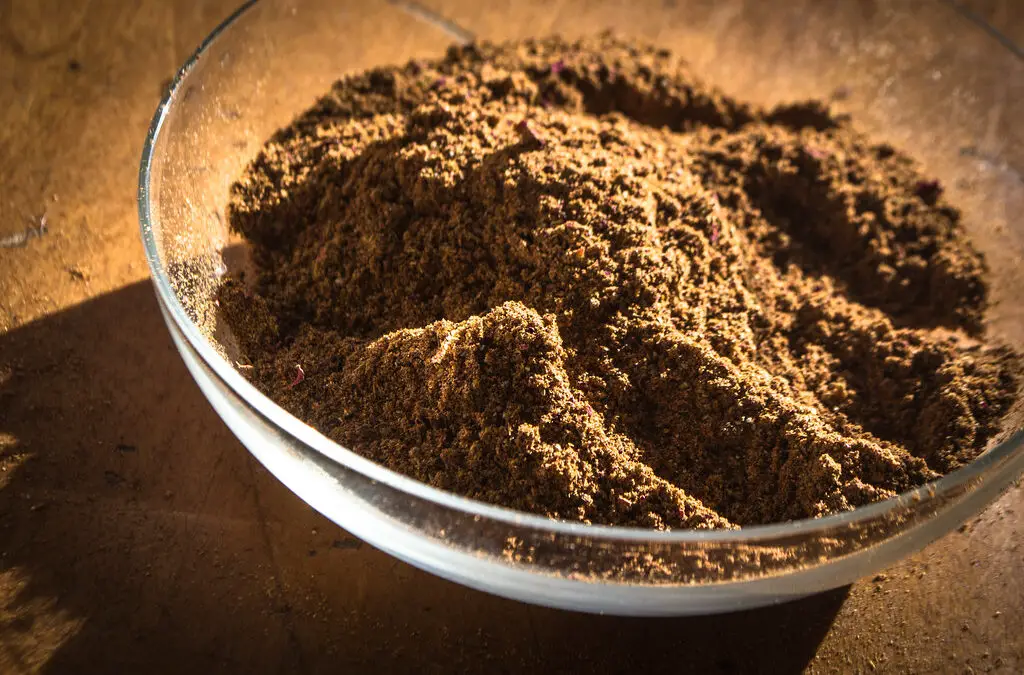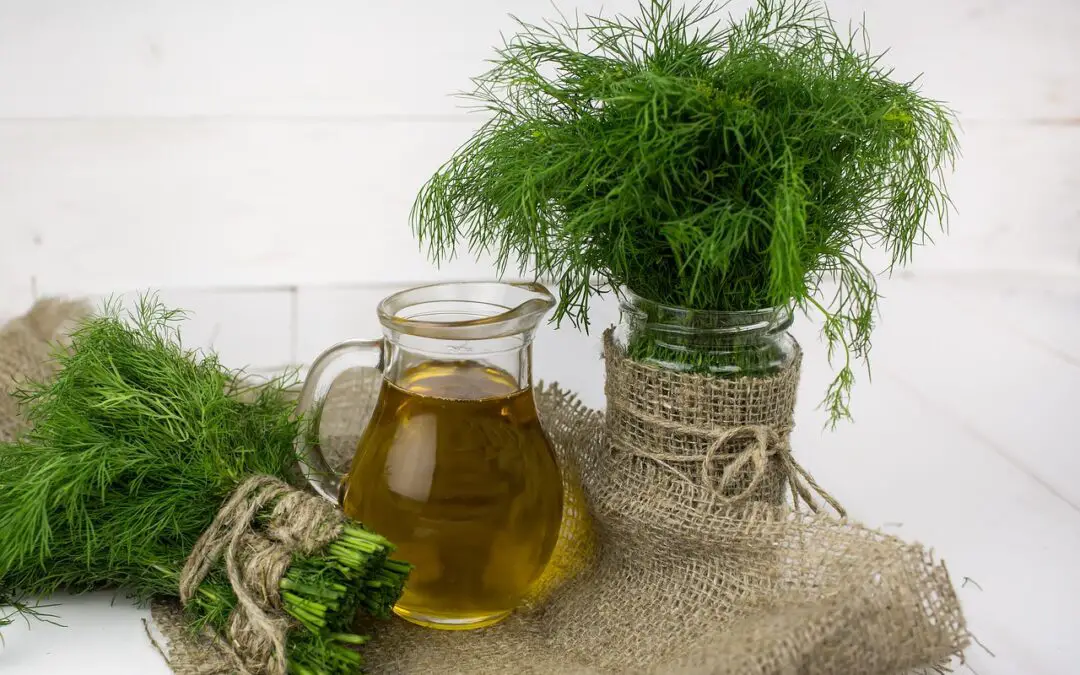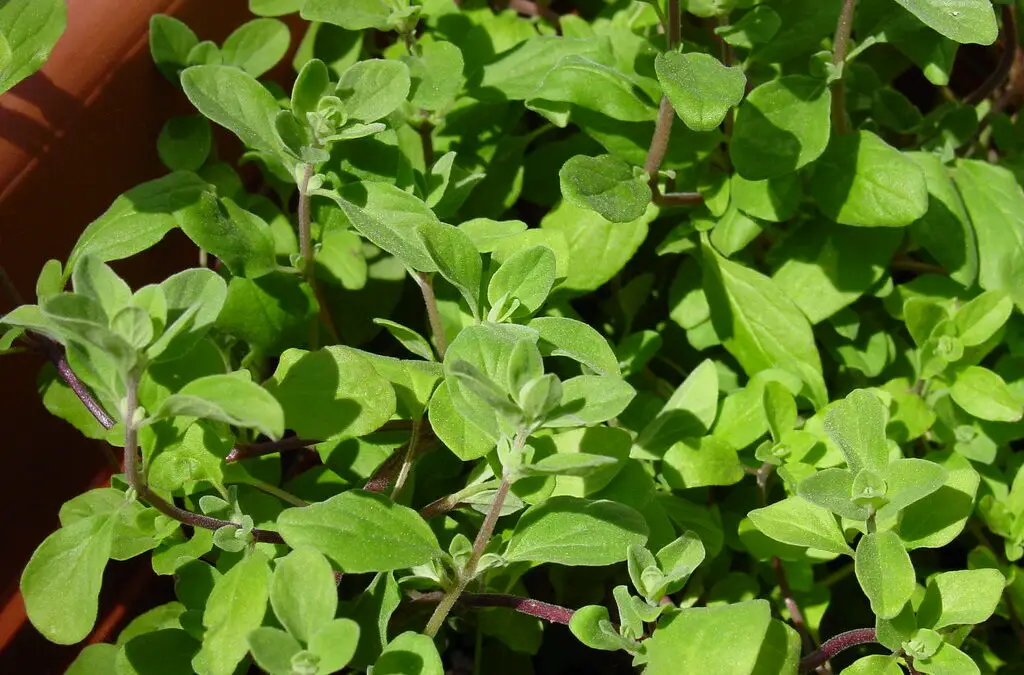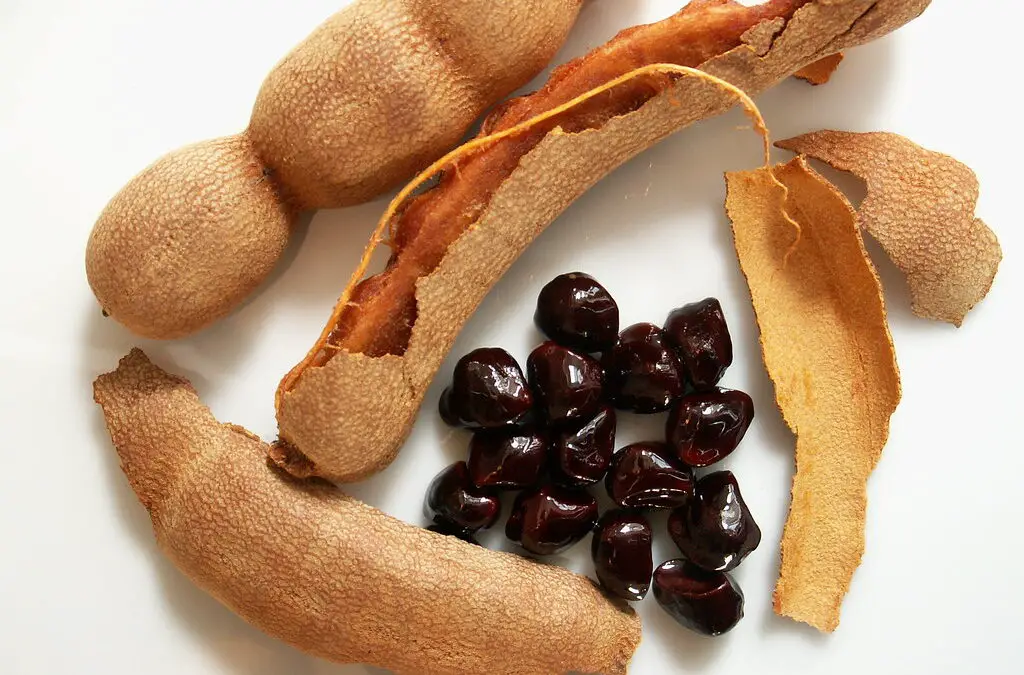Cumin spice is a commonly used ingredient in many cuisines around the world. It is a seed that comes from a plant called Cuminum cyminum, which is part of the parsley family. Cumin has a distinctive flavor that is warm, earthy, and slightly bitter, and it is often used in spice blends such as curry powder, garam masala, and chili powder.
Cumin has been used for centuries in traditional medicine to treat a variety of ailments, including digestive problems, respiratory issues, and even insomnia. It is believed to have anti-inflammatory and antioxidant properties, and some studies have shown that it may help to lower cholesterol levels and improve blood sugar control. In addition to its potential health benefits, cumin is also a good source of iron, which is important for maintaining healthy blood cells and preventing anemia.
What is Cumin Spice?
Origins and History of Cumin Spice
Cumin spice is a popular spice that is commonly used in many cuisines around the world. Derived from the seeds of the Cuminum cyminum plant, a member of the parsley family, it showcases a distinct flavor and aroma. The plant is native to the eastern Mediterranean region and has been used for culinary and medicinal purposes for thousands of years.
Cumin spice has a long and fascinating history. It was used by ancient Egyptians in the embalming process and was also used as a spice and a preservative for food. It was highly valued by the Greeks and Romans and was believed to have medicinal properties. The spice was also popular in the Middle Ages and was used to flavor bread, cheese, and meat dishes.
Culinary Uses of Cumin Spice
Cumin has a warm, earthy, and slightly bitter flavor that is often described as smoky or nutty. It is a versatile spice that can be used in both sweet and savory dishes. Cumin plays an indispensable role in Indian, Middle Eastern, and Mexican cuisines, infusing a myriad of dishes with its distinct flavor and aromatic profile.
Here are some common culinary uses of Cumin:
- In Indian cuisine, cumin is used in curries, chutneys, and spice blends like garam masala.
- In Middle Eastern cuisine, cumin is used in falafel, hummus, and spice blends like za’atar.
- In Mexican cuisine, cumin is used in chili, tacos, and spice blends like adobo.
- Cumin is also commonly used in spice blends like curry powder, chili powder, and taco seasoning.
In addition to its culinary uses, cumin is also believed to have a number of health benefits. It is rich in antioxidants and is believed to have anti-inflammatory, anti-cancer, and anti-diabetic properties. However, more research is needed to fully understand the health benefits of cumin.
Health Benefits of Cumin
Digestive Health
Cumin has been used for centuries as a digestive aid. It contains compounds that stimulate the production of digestive enzymes, helping to break down food and improve nutrient absorption. Cumin also has antimicrobial properties that can help to reduce the growth of harmful bacteria in the gut. This can help to prevent digestive issues such as bloating, gas, and constipation.
Immune System Support
Cumin is rich in antioxidants, which help to protect the body from damage caused by free radicals. These harmful molecules can damage cells and contribute to chronic diseases such as cancer and heart disease. Cumin also contains vitamin C, which is important for immune system function. This vitamin helps to stimulate the production of white blood cells, which are responsible for fighting off infections.
Anti-Inflammatory Properties
Cumin has anti-inflammatory properties that can help to reduce inflammation in the body. Chronic inflammation has been linked to a range of health problems, including arthritis, heart disease, and cancer. Cumin contains compounds that inhibit the production of inflammatory molecules in the body, helping to reduce inflammation and prevent these health problems.
In summary, cumin has a range of health benefits, including improving digestive health, supporting the immune system, and reducing inflammation. Incorporating cumin into your diet is an easy way to boost your overall health and well-being.
How to Use Cumin in Cooking
Pairing Cumin with Other Flavors
Cumin has a unique and bold flavor that pairs well with a variety of other spices and ingredients. Here are some of the best flavor combinations to try:
- Chili powder: Cumin and chili powder are a classic pairing, often used in Mexican and Tex-Mex cuisine. They add a smoky, spicy flavor to dishes like chili, tacos, and enchiladas.
- Coriander: Cumin and coriander are both popular spices in Indian and Middle Eastern cuisine. They complement each other well and can be used together in curries, stews, and marinades.
- Garlic: Cumin and garlic are a match made in heaven. They work well together in dishes like roasted vegetables, hummus, and meat marinades.
- Lemon: Cumin and lemon juice or zest add a bright, fresh flavor to dishes like roasted chicken, fish, and vegetables.
- Paprika: Cumin and paprika both have a smoky flavor that works well together. They can be used in dishes like roasted meats, stews, and chili.
Recipes with Cumin Spice
Cumin is a versatile ingredient that can be used in a variety of dishes. Here are some recipes to try:
- Cumin Roasted Carrots: Toss carrots with olive oil, cumin, salt, and pepper. Roast in the oven until tender and caramelized.
- Cumin-Spiced Chicken: Rub chicken breasts with a mixture of cumin, paprika, garlic powder, salt, and pepper. Grill or bake until cooked through.
- Black Bean and Cumin Soup: Sauté onions, garlic, and cumin in a pot. Add black beans, chicken or vegetable broth, and diced tomatoes. Simmer until heated through.
- Cumin-Spiced Rice: Cook rice according to package instructions. Add cumin, salt, and a squeeze of lemon juice. Fluff with a fork and serve.
- Cumin-Spiced Hummus: Blend chickpeas, tahini, lemon juice, garlic, olive oil, and cumin in a food processor until smooth. Serve with pita bread or vegetables.
Cumin is a great way to add flavor to your cooking. Try pairing it with other spices and ingredients, or use it in one of the recipes above to add a bold and delicious flavor to your meals.
Buying and Storing Cumin Spice
Choosing High-Quality Cumin
When buying cumin, it is important to choose high-quality spice to ensure that you get the best flavor and aroma out of it. Here are some tips to help you choose the best cumin:
- Look for whole cumin seeds instead of ground cumin. Whole seeds retain their flavor and aroma for longer periods than ground cumin.
- Check the packaging date. Fresh cumin should have a strong aroma and flavor. Old cumin loses its flavor and aroma over time.
- Smell the cumin before buying it. High-quality cumin should have a strong, pungent aroma.
- Check the color. Good quality cumin should be a brownish color. If it is too light or dark, it may not be of good quality.
Storing Cumin Spice to Maintain Freshness
Proper storage is essential to maintain the flavor and aroma of cumin. Here are some tips to help you store cumin:
- Store cumin in an airtight container in a cool, dry place away from sunlight. Exposure to sunlight and heat can cause the spice to lose its flavor and aroma.
- If you buy whole cumin seeds, grind them only when you need them. Ground cumin loses its flavor and aroma quickly, so it is best to grind the seeds just before using them.
- Label the container with the date of purchase to keep track of its freshness.
- Avoid storing cumin in the refrigerator or freezer. The moisture can cause the spice to clump together and lose its flavor and aroma.
By following these tips, you can ensure that your cumin stays fresh and flavorful for longer periods, giving your dishes the best taste and aroma.

